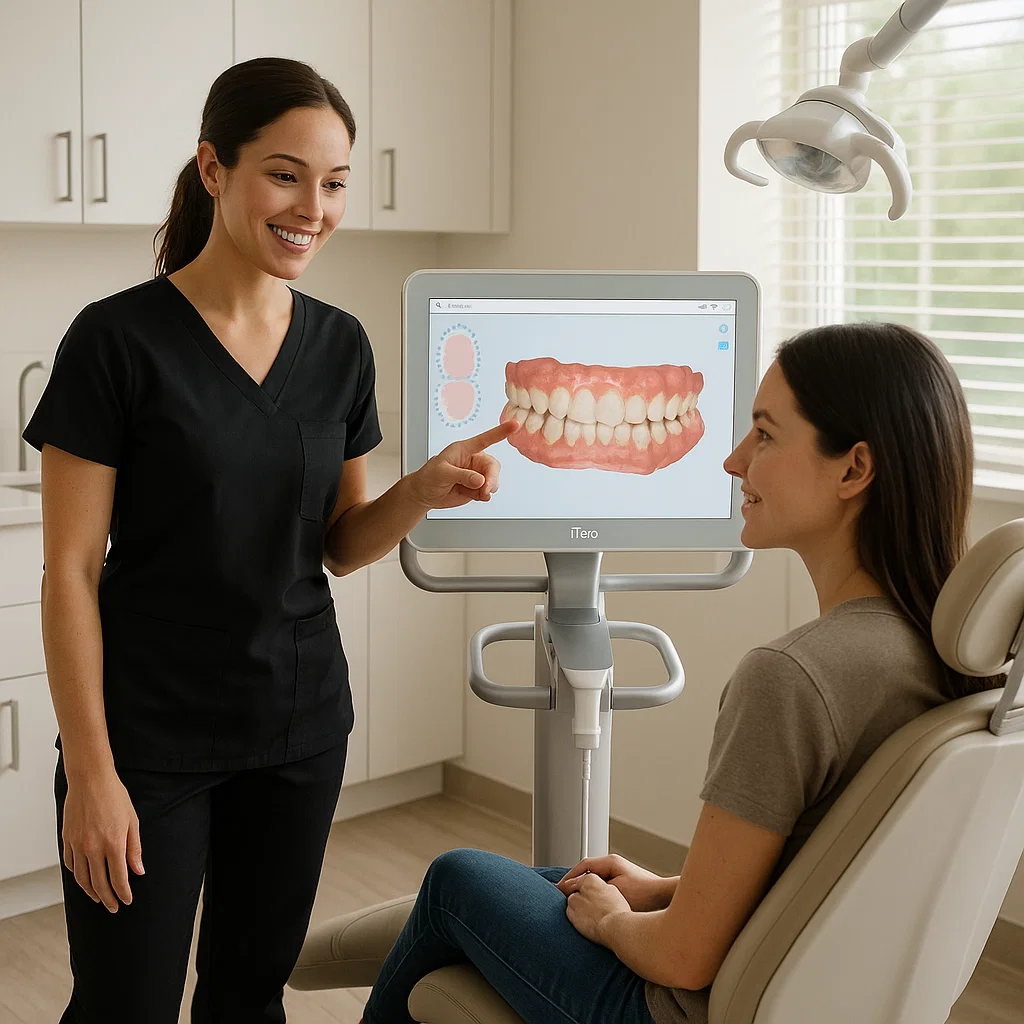When a cavity is too large for a simple filling but doesn’t require full cusp coverage, a dental inlay is the perfect solution.
At KYT Dental Services, we use inlays to restore strength and protect your tooth while keeping it as natural as possible.


Inlays are custom-made restorations that fit precisely inside the grooves of your tooth. They:




✨ Replaces large fillings inside the chewing surface
✨ Stronger and longer-lasting than composite fillings
✨ Custom-made for durability and precision fit
✨ Ideal when cusps are still healthy and intact
Bottom Line: Inlays are a conservative, durable solution for cavities too large for regular fillings but not involving tooth cusps.

⚡ Covers both the chewing surface and one or more cusps
⚡ Protects against fractures by distributing biting force
⚡ Preserves more tooth than a full crown while adding strength
⚡ Ideal when cusps are cracked, weakened, or missing
Bottom Line: Onlays are best when the damage extends beyond the grooves and requires cusp coverage.
Inlay Appointment:
Onlay Appointment:





